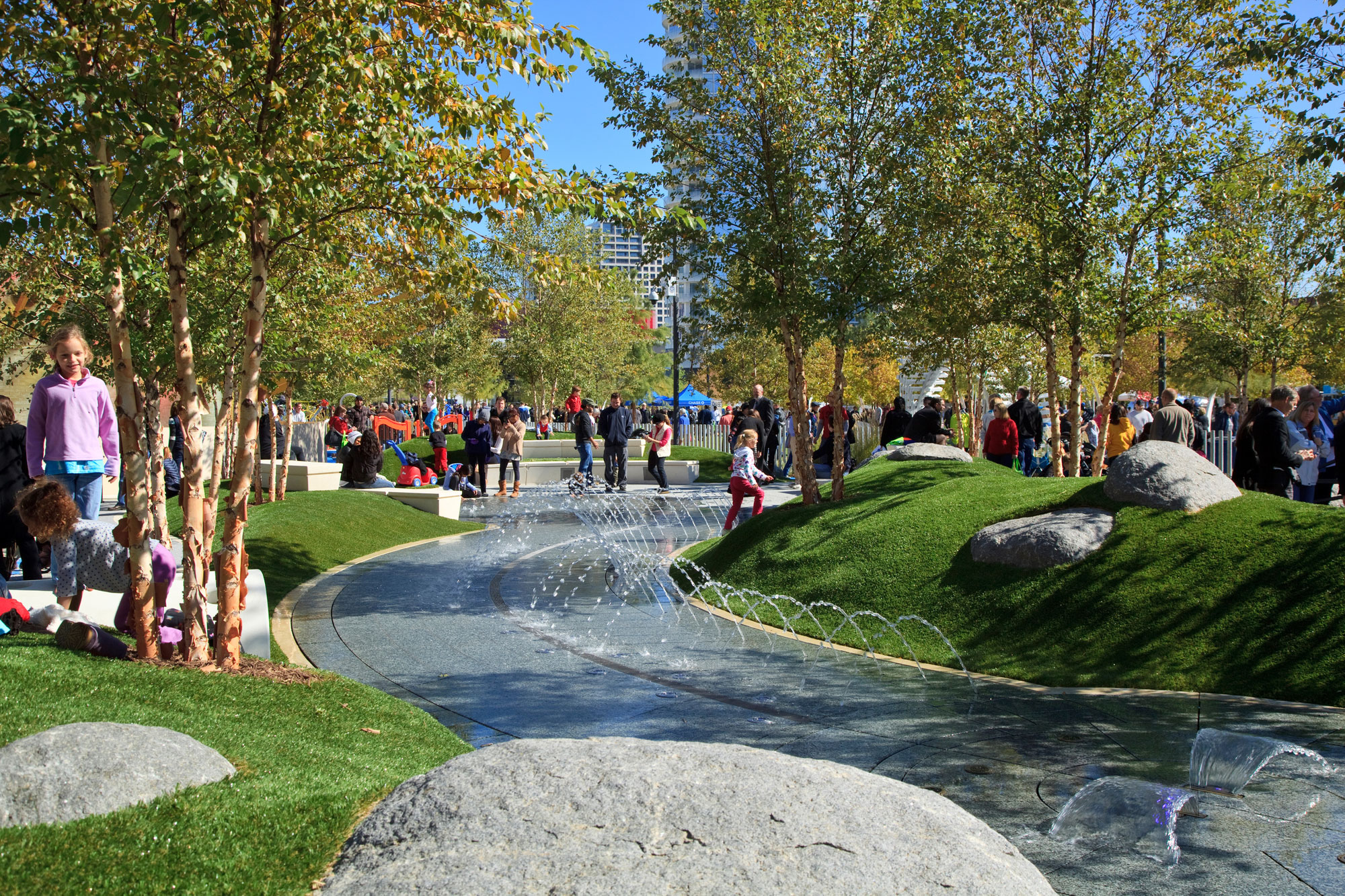Story at a glance:
- Leaders at Biederman Redevelopment Ventures, who was instrumental in transforming Bryant Park in New York in the 1980s, explore how their successes may be replicated on smaller scales.
- Bryant Park used to be a dangerous place, but since reopening in 1992 has become an international model of urban revitalization, with year-round visitors as one of the most actively used parks in the world.
- A successful park is one that is grounded by a reason to be there—it has plenty of things to do—and a true sense of place that is welcoming to all residents and visitors. Klyde Warren Park is one example of success.
How we use parks is changing. From family picnics and walking the dog to attending a concert or even hosting a big party, many of today’s parks are central to how we socialize and unwind. “I think people are expecting more of their parks in a good way,” says Ashley Langworthy, former vice president at Biederman Redevelopment Ventures (BRV). “Maybe the pandemic put even more emphasis on that because people started using their outdoor spaces more during that time.”
While today there are more options than ever for entertainment, and most cities are again bustling, the demand for parks does not seem to be going away. On the contrary, people want more and more services. In some areas there’s a clear need for things as simple as more trash cans and cleaner bathrooms while other demands are as complicated as daily programming and food services. But who manages all of that? What makes a park worth spending time in? And who is the park for?
This series aims to answer these questions and more as we explore how the role of today’s park is changing.
How Did BRV Transform Bryant Park?
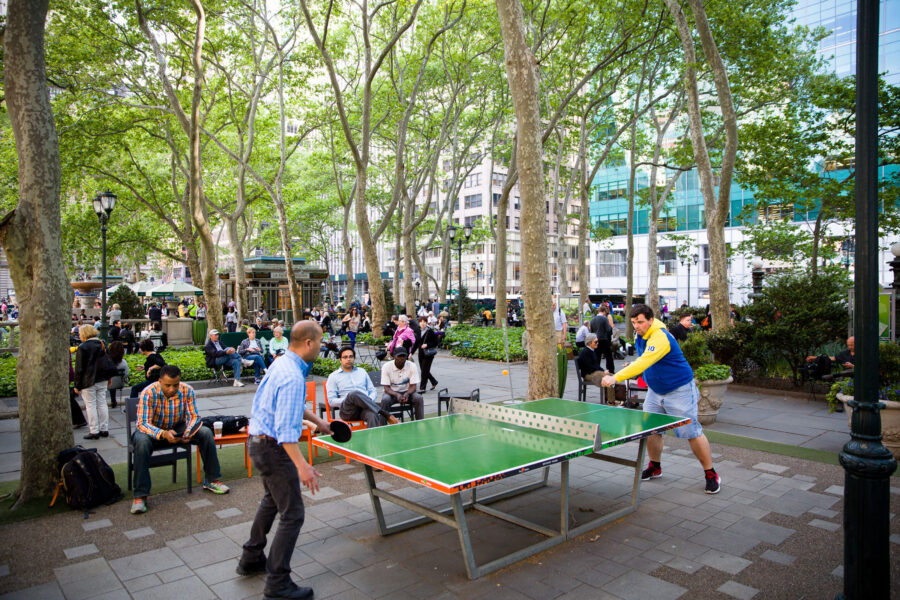
Bryant Park in Manhattan is one of the most actively used parks in the world. Photo by Angelito Jusay Photography
BRV was born from the work of founder Dan Biederman, who was instrumental in transforming Bryant Park in New York in the 1980s, when he was hired by the Rockefeller Brothers Foundation. He still runs Bryant Park today as president of the nonprofit Bryant Park Corporation.
In the 1970s and ’80s Bryant Park was one of the country’s most dangerous parks. Biederman formed a nonprofit corporation to turn the park around and partnered with the City of New York to take over the security, sanitation, maintenance, and programming of the space.
“At that point it was really rundown with tons of crime,” Langworthy says. “He [Dan] worked with OLIN, the landscape firm for physical renovations, but he also formed a nonprofit so it could have its own management directly focused on that and its own revenue streams from sponsorships and park concessions and restaurants and whatnot. Then it could be a really activated park with a ton of free public programs.”
Langworthy worked for BRV for almost a decade and has a background in urban planning and landscape architecture, with previous experience at a design firm. She joined Biederman to specifically focus on urban parks.
It took a little while, but the efforts began to pay off. Since reopening in 1992 Bryant Park has become an international model of urban revitalization, with year-round visitors as one of the most actively used parks in the world. The park has created billions of dollars in value for the real estate surrounding the park and operates without a dollar in public sector funds.
“Other cities and real estate developers started asking Dan, ‘Hey, can you take a look at our space?’” Langworthy says. And thus Biederman Redevelopment Ventures was born to take on consulting projects.
Park Projects Across the US
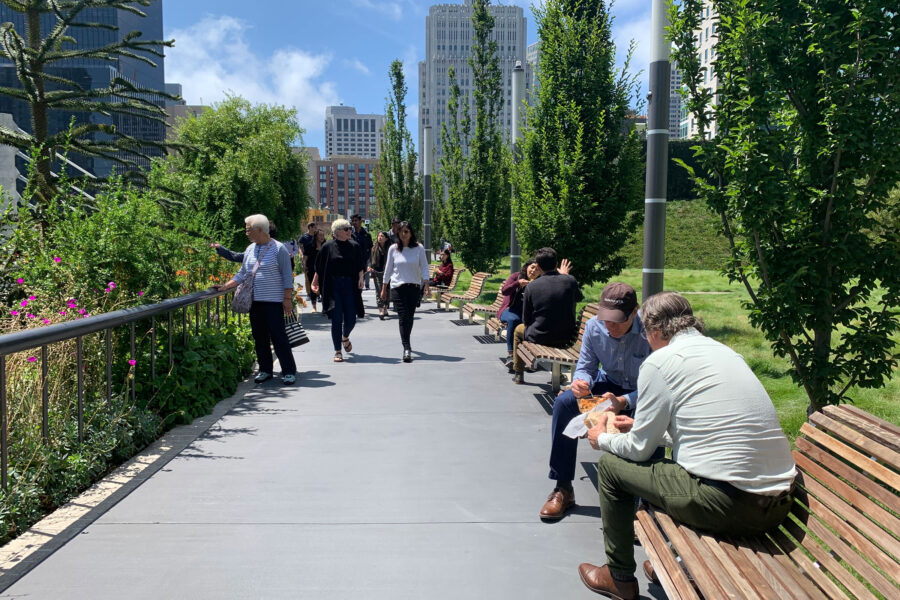
Biederman Redevelopment Ventures manages Salesforce Park in San Francisco. Photo courtesy of Biederman Redevelopment Ventures
In addition to Bryant Park, today BRV is on the team that manages Fair Park in Dallas and Salesforce Park in San Francisco as well as does consulting for parks all over the US. “A lot of our work is consulting, using what we know from our groundwork at those parks and other parks to help clients think about how a park can be better activated,” Langworthy says.
Discussions include everything from how to bring people in to what kind of light design upgrades may be considered. “Although we’re not a design firm, we consider things like furniture or better signage or lighting, and then we look at how to operate it in terms of staff. Does the park need more staff? Is it suffering from not enough money and more revenue streams are needed, and how could those be found?”
Translating Park Successes on Any Scale
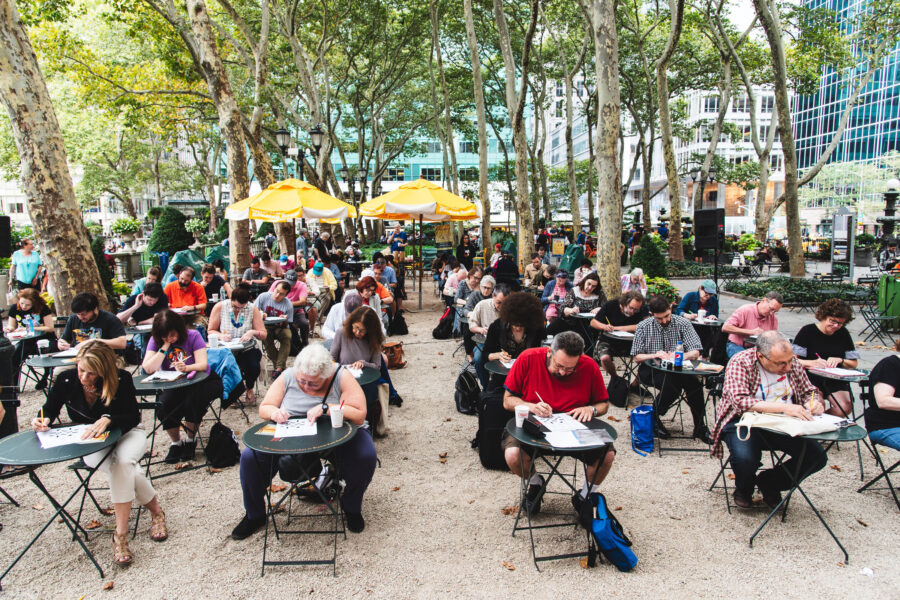
A crossword tournament takes place in Bryant Park. Photo by Angelito Jusay Photography
BRV is often asked how the lessons learned at Bryant Park can be used in other places, though it must be said that Midtown Manhattan has a lot more foot traffic than most places. BRV has seen much success with smaller projects, though.
Successful parks are true community gathering spaces that feel welcoming, safe, and offer plenty of things to do. This could be as simple as offering many places to sit and walk, too. Parks should also not feel exclusive, Langworthy says. Everyone should have access. “How do you make the space more usable and help bring the community together?”
The Beauty of Placemaking
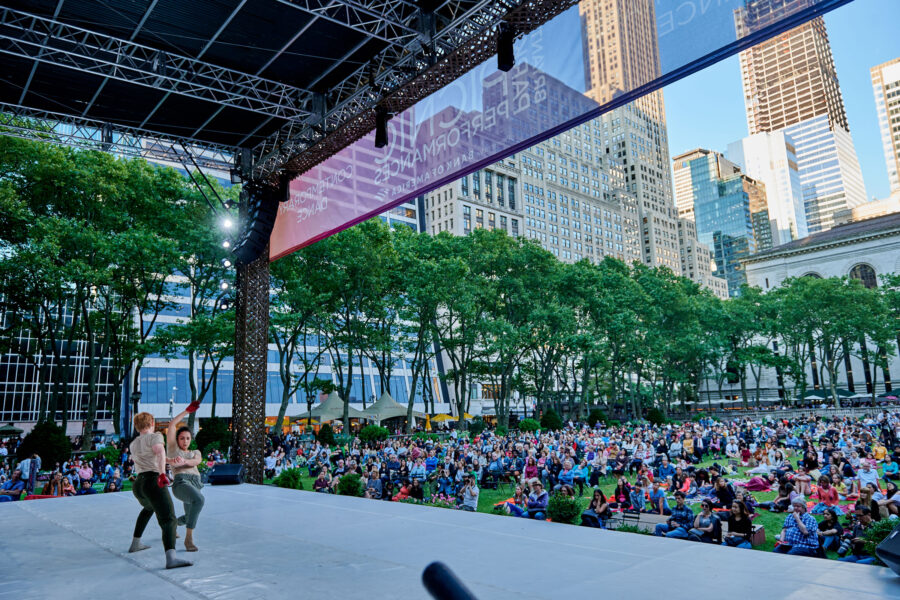
Bryant Park is frequently programmed with events, like this contemporary dance event seen here. Photo by Andrew Fassbender
BRV is part of a team working to activate areas in Fair Park in Dallas to make them more usable and welcoming, including the area around the lagoon, hardscape areas, surface parking lots, and museum institutions, so that it’s also inviting for people in the surrounding neighborhoods and further afield. One way they do that, Langworthy says, is by partnering with organizations in the community, whether it’s small businesses or individuals like a yoga instructor or arts organizations. It’s part of efforts to bring programs into the park, and it can benefit those arts or other groups in particular who might not have a permanent space, too. “There’s a mutual desire to bring additional programming to the public, and they may have connections or a following. They come in and bring people with them. It’s very rooted in that local culture or local neighborhood.”
The large park where the State Fair takes place is about a mile-and-a-half from downtown Dallas and “has some ugly history with houses being taken in the ’60s for parking lots. It hasn’t in the past been very welcoming,” Langworthy says.
Well activated parks offer many reasons for people to be there. “Sometimes we see park space and it might have pretty trees, but there’s no real reason to be there. It doesn’t always have to be an exercise class or something. It can be a place to walk, a playground, or even movable seating. If it’s more of a plaza space with seats where people can form their own groups or sit alone or in the sun or shade.” She says those small things add up.
But placemaking also has to be more than a few concerts a year or a winter lighting festival over one weekend, she says. Parks have to always draw people in, and a successful park feels of a particular place. “It’s not a generic space that doesn’t have any meaning,” she says. “The local context comes through.”
The Challenges
BRV mostly works in public spaces, or occasionally privately owned and publicly accessible. Parks that are managed—in other words, parks with dedicated teams who make sure the park is clean, safe, and inviting—can reap huge benefits and often have access to other services. Sometimes that’s access to services to help people in a park who are unhoused, for example, or sometimes that’s getting someone to pick up the trash.
It’s finding that right balance of being able to move quickly and be light on their feet.
Striking the right balance—having a dedicated team but not being bogged down by bureaucracy—is key. “I do see that, especially in larger cities, where maybe the mayor’s office has a hand in it, the parks and rec department, and then there might be a business improvement district, and there’s a board meeting every month where every little thing has to go up and down the chains of command. There are often constrained budgets,” Langworthy says. “If there’s graffiti to remove or something is broken in the park they need to be able to act with some expediency. It’s finding that right balance of being able to move quickly and be light on their feet in terms of the management team, but that also can swing too far if someone is not taking into consideration that these are public spaces that belong to many.”
Klyde Warren Park in Dallas

Klyde Warren Park in Dallas. Photo courtesy of OJB
Klyde Warren Park in Dallas was built more than 10 years ago, and BRV worked on helping form the nonprofit for the park as well as get the right governance in place and activate programming. Langworthy says it’s a great example of taking the ideas developed at Bryant Park and translating them to another place that’s very different.
“Dallas is a large city, but it’s not a dense city. When this park was first conceptualized a lot of people in Dallas said, ‘Nobody walks in downtown, and nobody’s going to come here.” Factors like heat were a challenge, too. Even so, the park has been a resounding success. “It’ll be 10 o’clock at night and it’s still full of people. Everyone’s out. The kids are in the fountain, people are eating, and it’s really a gathering space. It exemplifies a great urban park,” Langworthy says.
The park was able to overcome its challenges in part by having strong leadership and management in place from the beginning, she says. “A nonprofit was formed, and we helped set it up really well in terms of having its own revenue streams. It had money to pay a staff to be sure it was really clean and kept up with lots of programs. It also has a lot of small pockets of activity.”
Placemaking is on full display at Klyde Warren Park. “It has a playground. It has a place to eat. It has movable seating. It now has a dog park. It has a games cart, and a reading room. It has all these layers of things to do,” she says. “It has an activated fountain that, especially in the hot months, kids can go in and play and cool off.”
The effects spiral out from there, as the area around the park has started to boom, too, where before it was a lot of surface parking lots, she says. “It’s been a positive feedback loop in that more people are now living and working around it. It’s really been a success.”
Generating Revenue
BRV works with teams to develop as many different revenue streams as possible so parks don’t have to rely on one area. They also try not to rely too much on government funding or philanthropy, Langworthy says. “Not that those aren’t good sources of funding, but if a park can have additional earned revenue to draw on, it’s likely to have more to work with in terms of staffing and doing all the free programs and such.”
BRV started working with Klyde Warren Park in 2005. It has continued to benefit from philanthropy and other revenue streams like food trucks, a cafe, and corporate sponsorships.
One way some parks across the US generate revenue is with ticketed events, though Langworthy says that strategy should be exercised with caution. In San Francisco, a portion of a downtown park BRV manages can sometimes be closed for a few hours for a corporate event, generating revenue while also keeping the majority of the park open for the public. “When an event can be contained to just a few hours that can work and be a good source of revenue, but it’s not great if something is closed down for four days for a festival or a conference,” she says.

